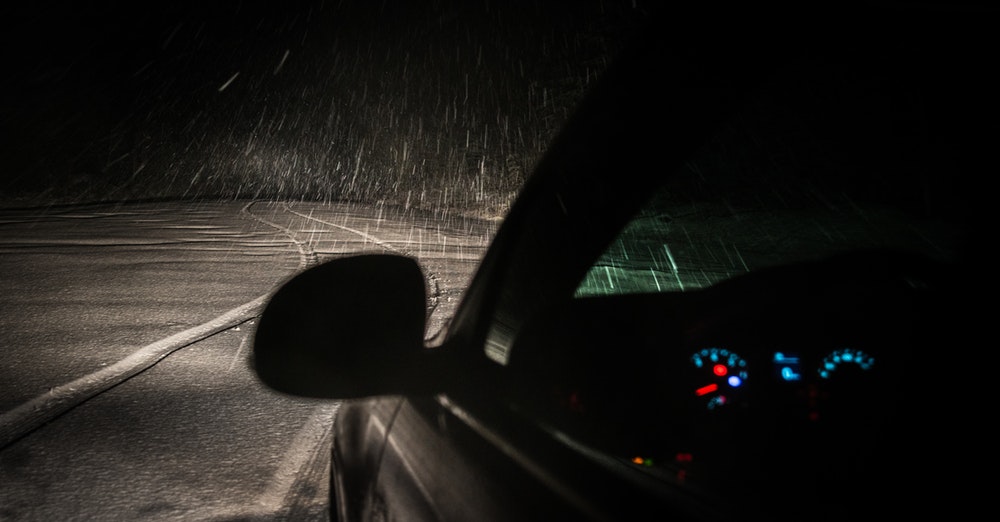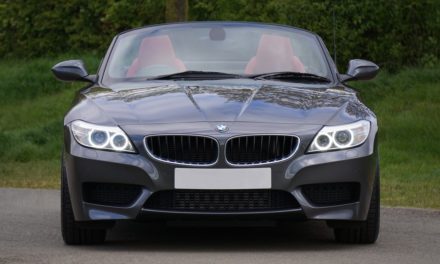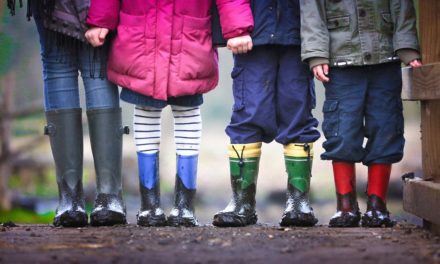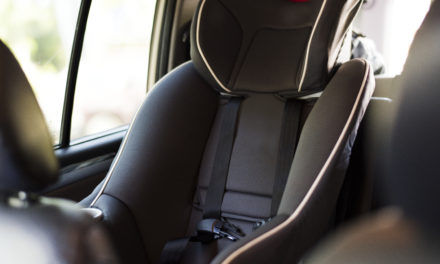Driving in snow and ice can be incredibly daunting, especially if you have young children in the car with you. Everything suddenly seems much more precarious than before! The issues associated with driving in snow and ice are well documented, from getting stuck in the snow, to skidding and losing control. It’s these kinds of issues that often frighten motorists and leads us to make snap or rash decisions when things start to go wrong – click here for further information on winter driving.
However, if you prepare yourself and your vehicle for the bad weather ahead, and boost your driving knowledge, you’ll have more confidence on those treacherous roads. Read on for how to drive safely in snow and ice.
Make sure your vehicle is ready
If your vehicle isn’t ready or equipped to cope in these harsh conditions then you’re already putting yourself and your passengers at risk. Luckily, you won’t have to do anything drastic to get your vehicle ready for the poor weather conditions. Make sure that your tires are in good condition and consider winter tires if the weather is persistently bad. If you’re worried about your headlamps, battery or brakes now is the time to let a garage take a look. That way you’ll have complete peace of mind when you’re driving in the snow.
Approaching bends
When driving in the snow, you’re more likely to spin, or lose control of your vehicle, especially when you’re approaching a bend in the road. The best approach is to brake gently before you turn. As a rule, always take your time with any maneuver you’re undertaking.
Skidding
Skidding in the snow and ice is frightening and panicking and slamming on the brakes is a natural reaction, however, the best way to recover from a skid is by turning your car into the skid. So, if the rear of your vehicle is turning to the right, gently turn your wheel to the right and into the skid. This will help the car to right itself. Try not to panic.
Clear all the snow from your vehicle
You might be in a rush and worried that you’re already going to be late for work because of the weather, so you quickly clear the windscreen of snow and ice. Sounds enough, right? Wrong! If you fail to clear the snow from the roof of your vehicle and you then brake, the snow could shift and cover your windscreen – blocking your view and potentially causing an accident.
Know your stopping distances
In snow and ice, stopping distances are going to be increased, so drive slowly and keep a bigger gap between yourself and the car in front. Don’t tailgate – keep your distance!
Create a winter car kit
Being prepared is the best way to stay safe driving in snow and ice. So, put together a winter car kit to ensure you can keep yourself and your kids safe if you end up stranded or stuck in traffic. Consider the following:
- Jump leads
- A torch
- Spare clothes and blankets
- A first aid kit
- Dry food and bottled water
- Sunglasses
- Ice scraper
- A shovel
 Copyright protected by Digiprove © 2020
Copyright protected by Digiprove © 2020 













